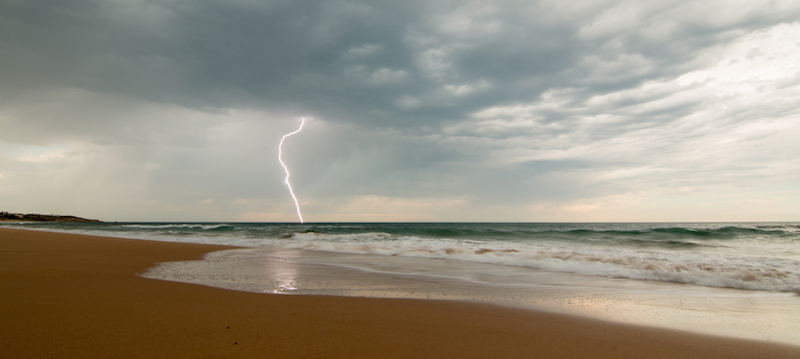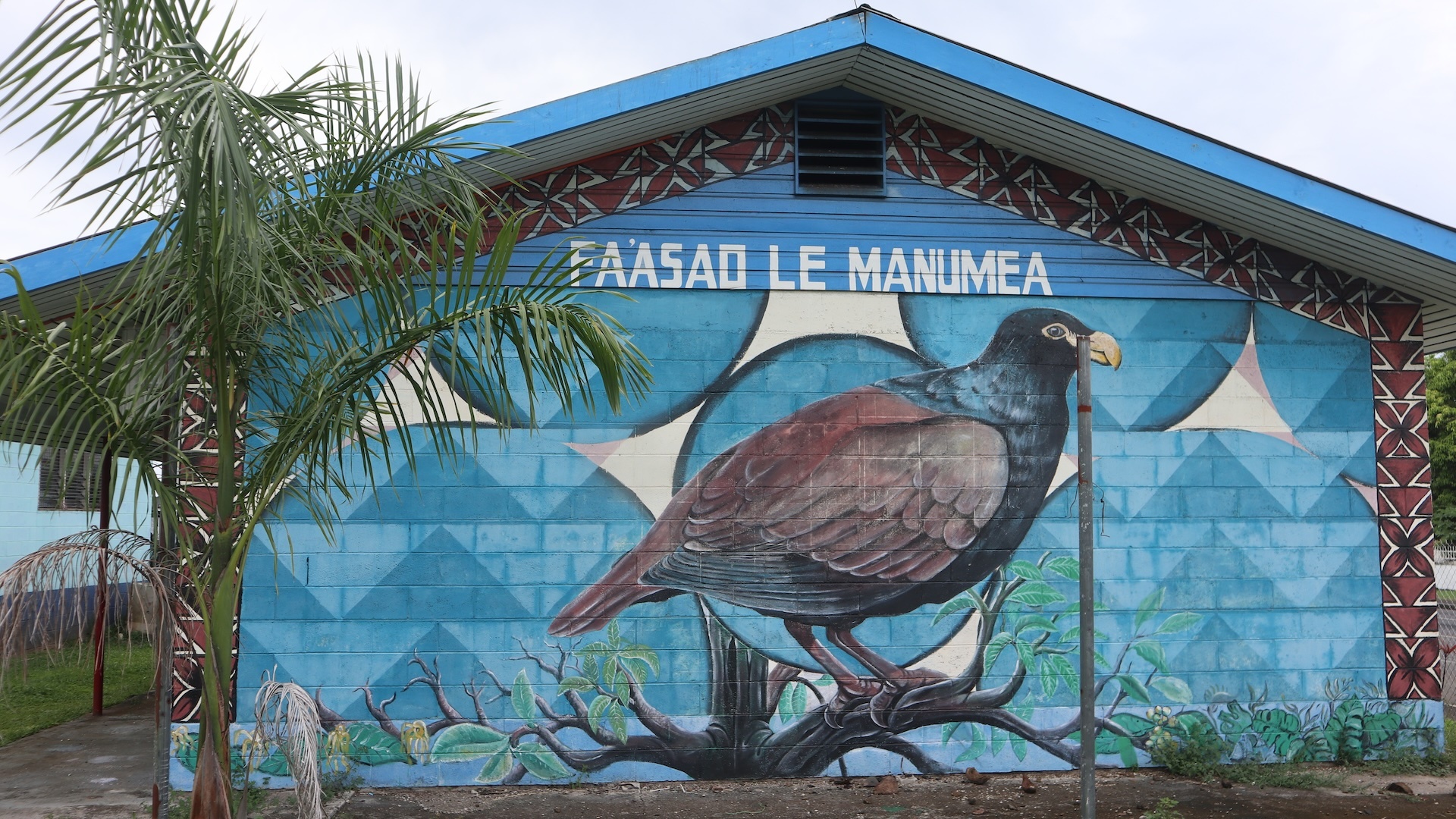Forget Sharks, Lightning Poses Big Beach Threat

The beach may be the perfect place to cool off during the summer, but it's also one of the deadliest spots to be caught during a lightning storm. This past weekend, lightning struck and killed a 5-year-old boy on a North Carolina beach, according to news reports. Though it may sound like an unusual accident, this type of tragedy is not as rare as people may think, experts say.
The boy's death is part of a worrying trend, said John Jensenius, a lightning safety specialist with the National Weather Service. It's dangerous to be outside at all during a lightning storm, but the beach is especially dangerous, he said. [Electric Earth: Stunning Images of Lightning]
The boy's family was vacationing on Carova Beach on Sunday (July 31) when the storm began, and they were moving toward shelter when lightning hit the child, reported United Press International.
"If you are on the beach, chances are you're the tallest thing in the immediate area, which makes you more vulnerable to being struck directly by lightning," Jensenius told Live Science. "One of the problems is that people don't react quickly enough. They don't like to be inconvenienced by thunderstorms, so people tend to wait outside too long before seeking safety."
Moreover, the constant crash of waves may make it hard for people to hear approaching storms, he said.
These factors may explain why the beach is the second deadliest place to be during a lightning storm, Jensenius said. Between 2006 and 2015, a total of 313 people died from lightning strikes in the United States, according to an analysis Jensenius did for the National Oceanic and Atmospheric Administration (NOAA).
During that time, 18 people (6 percent) died from lightning strikes while at the beach, he found. Only fishing was more dangerous, accounting for 33 deaths (11 percent) during that period.
Get the world’s most fascinating discoveries delivered straight to your inbox.
Some of the other deadly lightning-related activities included camping (5 percent of all lightning deaths), farming or ranching (5 percent), boating (4 percent), riding a bike, using a motorcycle or all-terrain vehicle (4 percent), and playing soccer (4 percent), Jensenius said.
Golfing accounted for just 3 percent of lightning fatalities, partly because of increased awareness that people should head inside as soon as they see lightning, or simply stay inside when lightning is in the forecast, he said.
Jensenius advised that as soon as people hear thunder, they should head indoors or to a hard-topped vehicle. That's not because the rubber tires on the vehicle offer protection, as many people believe. Rather, it's because if lightning strikes such a vehicle, the electrical charge will run through the vehicle's outer, metal shell, leaving any occupants of the vehicle relatively unscathed, he said.
The 5-year-old boy killed over the weekend was the 21st lightning fatality of 2016 in the country, an amount that's actually a bit below average, according to a NOAA database. In 2015, there were 22 lightning-related fatalities by the end of July, but typically there are 23, according to the agency's 10-year-analysis, Jensenius said.
However, lightning-related deaths have plummeted since the 1940s, when farmers operating tractors and other farm equipment accounted for a large portion of the roughly 200 to 300 people who died from lightning strikes in the United States every year, he said. Now, there is increased awareness about the dangers of lightning and, notably, fewer farmers out in the fields. Also, CPR and other life-saving technologies have reduced the number of people who die from lightning now, he added.
However, the 5-year-old was younger than most lightning victims. The majority of fatalities happen to people between the ages of 10 and 60. There are fewer deaths among people in their 30s, however, possibly because at this age people have young children, and are less likely to engage in risky outdoor activities, Jensenius said.
Original article on Live Science.

Laura is the managing editor at Live Science. She also runs the archaeology section and the Life's Little Mysteries series. Her work has appeared in The New York Times, Scholastic, Popular Science and Spectrum, a site on autism research. She has won multiple awards from the Society of Professional Journalists and the Washington Newspaper Publishers Association for her reporting at a weekly newspaper near Seattle. Laura holds a bachelor's degree in English literature and psychology from Washington University in St. Louis and a master's degree in science writing from NYU.


